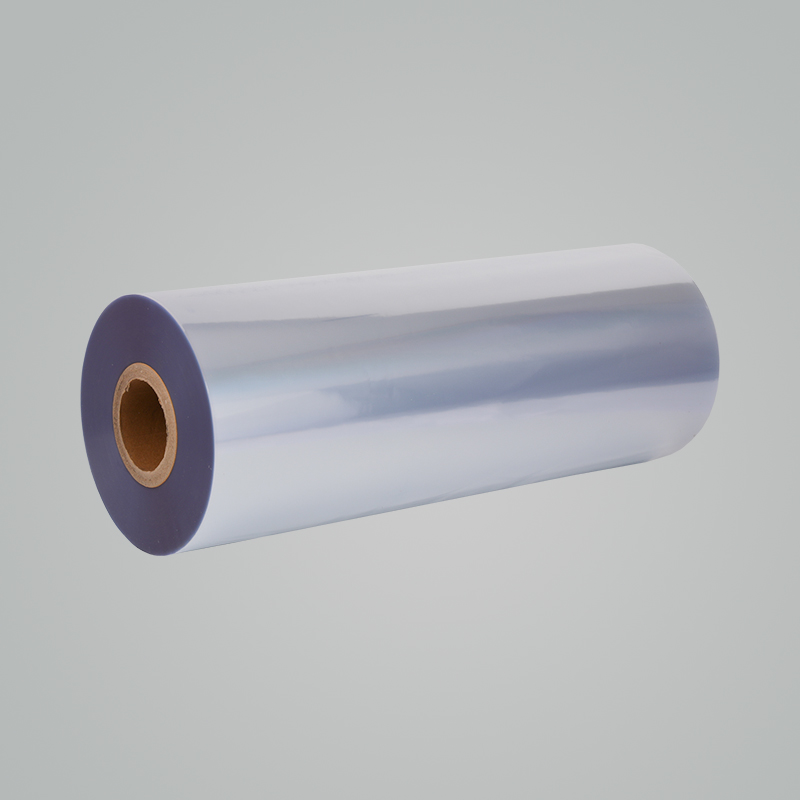The casting process has several advantages over the extrusion method used in shrink film production when compared to PVC cast shrink film:
Thickness Control: The casting process offers better control over the thickness of the film. In cast film production, the molten resin is poured onto a polished metal or chrome-plated surface, forming a thin film. The thickness can be precisely controlled by controlling the speed at which the film is pulled away from the metal surface. In contrast, the extrusion process relies on the size of the orifice and the extrusion speed, which may have limitations in achieving uniform thickness across the film.
Clarity and Transparency: Cast film has superior clarity and transparency compared to extruded film. The molten resin in the casting process solidifies rapidly on the chilled metal surface, creating a clear and glossy film. On the other hand, extrusion method tends to have a certain degree of haze or cloudiness due to the cooling process, which can affect the appearance and visual appeal of the film.
Tensile Strength and Tear Resistance:
Pvc cast shrink film generally offers higher tensile strength and tear resistance compared to extruded film. The rapid solidification of the cast film during the casting process aligns the polymer molecules in a more ordered and dense structure, resulting in improved mechanical properties. This enhanced strength and tear resistance make cast film ideal for applications that require durability and puncture resistance.
Better Printability: The smoother surface of cast film allows for high-quality printing and vibrant graphics. The casting process results in a film with minimal surface imperfections, which facilitates excellent ink adhesion and color fidelity during printing. Extruded films, on the other hand, due to their inherent texturing and small surface irregularities, may result in lower print quality and less sharp images.
Enhanced Heat Stability: Cast film has better heat stability compared to extruded film. The rapid and controlled solidification of cast film leads to improved heat resistance properties. It can withstand higher temperatures without deforming, melting or losing its shrink properties. This makes cast film suitable for applications that involve higher heat sealing or shrinking temperatures.
Dimensional Stability: Cast film exhibits better dimensional stability, meaning it maintains its original size and shape during storage and use. The controlled solidification process during casting reduces the film's tendency to relax or shrink, leading to improved size consistency. In extruded films, there may be slight variations in dimensions due to thermal expansion or contraction.
